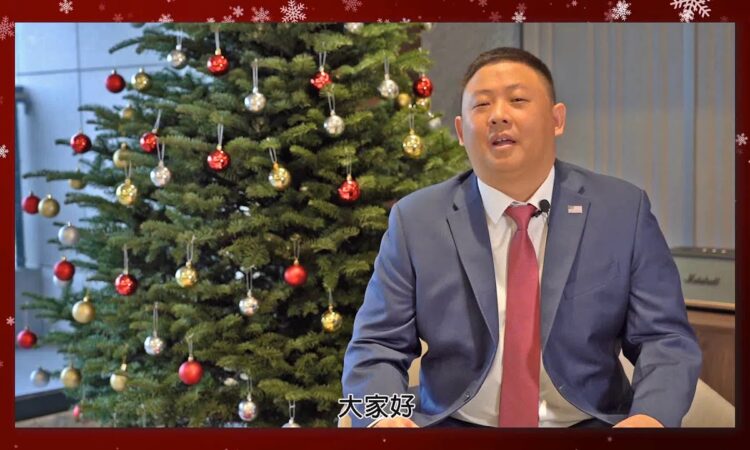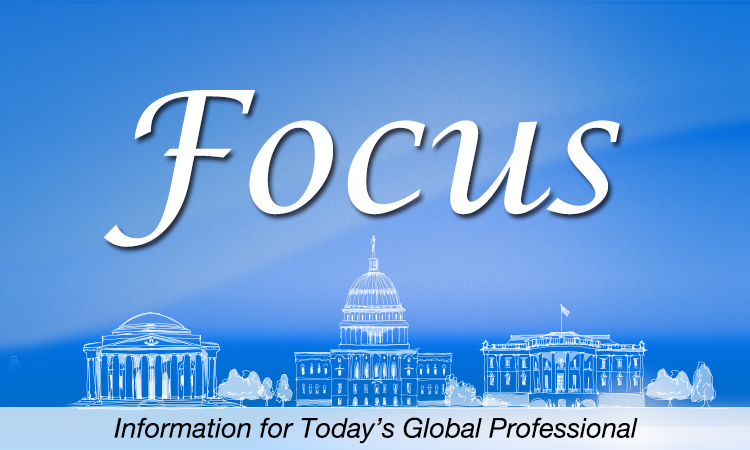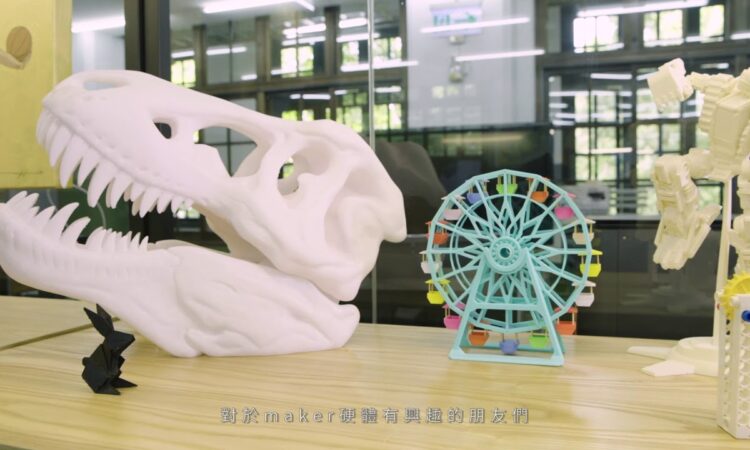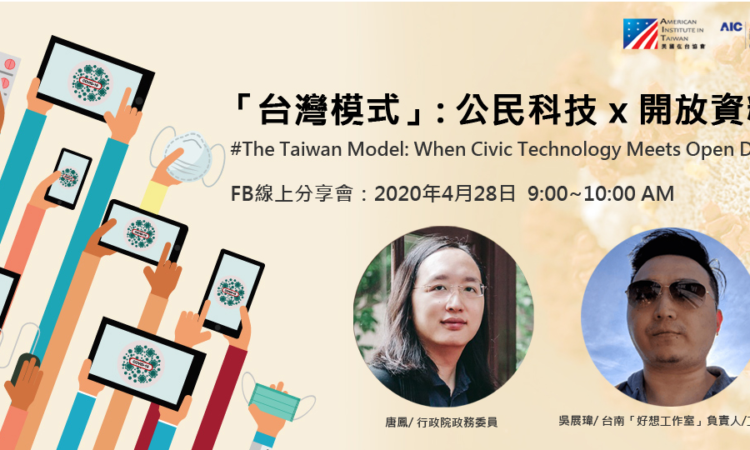如果您對下列項目有興趣,請與美國資料中心聯絡。電話:2723-3959 轉 202。
七月四日 (星期二) 美國獨立紀念日,放假To receive or reserve any of these items, please contact Information Resource Center at 2723-3959, ext. 202 or aitirc@mail.ait.org.tw.
July 4 (Tuesday) Independence Day. Closed.

1. 美國在台協會處長梅健華 美國獨立紀念日慶祝酒會致詞講稿。
Remarks by AIT Director Kin Moy at AIT Independence Day Reception. 
OT-1711, June 29, 2017, 2 pages.
“If you’ll allow me a couple of more sports metaphors – U.S.-Taiwan relations are like a team. We are stronger together. The United States and Taiwan have shared values, shared prosperity, and shared security.” (From AIT)
2. 傅爾布萊特計畫: 美台一甲子的教育交流, 美國在台協會處長梅健華致詞。
Fulbright 60 Years of Educational Exchange in Taiwan, Remarks by AIT Director Kin Moy. 
OT-1709, June 1, 2017, 1 page.
“This anniversary is a valuable opportunity to celebrate academic collaboration and cultural and educational ties between the United States and Taiwan.” (From AIT)

3. 中共軍力報告 (全文英文) 。
Annual Report to Congress: Military and Security Developments Involving the People’s Republic of China 2017.

(Annual Report to Congress)
Department of Defense, June 8, 2017, 106 pages.
“China’s leaders remain focused on developing the capabilities to deter or defeat adversary power projection and counter third-party intervention—including by the United States—during a crisis or conflict. China’s officially-disclosed military budget grew at an average of 8.5 percent per year in inflation-adjusted terms from 2007 through 2016, and Chinese leaders seem committed to increases in defense spending for the foreseeable future, even as China’s economic growth slows.” (From Department of Defense)
4. Ferchen, Matt.
How China Is Using Its Economic Goals to Assert Its Global Influence. 
National Interest, May 10, 2017, 3 pages.
“China maintains that its Belt and Road Initiative is an economic initiative that will benefit Southeast Asia, but more transparency is needed if its projects are to succeed in the region.” (From National Interest)
5. Katzman, Kenneth.
Iran Sanctions.  (PDF, 230KB) (PDF, 230KB)
Washington, D.C. : Congressional Research Service , June 7, 2017, 89 pages.
“This report analyzes U.S. and international sanctions against Iran and provides some examples, based on open sources, of companies and countries that conduct business with Iran. CRS has no way to independently corroborate any of the reporting on which these examples are based and no mandate to assess whether any firm or other entity is complying with U.S. or international sanctions against Iran. The sections below are grouped by function, in the chronological order in which these themes have emerged.” (From CRS report)
6. O’Rourke, Ronald.
Maritime Territorial and Exclusive Economic Zone (EEZ) Disputes Involving China: Issues for Congress.  (PDF, 3245 KB) (PDF, 3245 KB)
Washington, D.C. : Congressional Research Service , June 6, 2017, 78 pages.
“This report provides background information and issues for Congress on maritime territorial and exclusive economic zone (EEZ)1 disputes in the East China (ECS) and South China Sea (SCS) involving China, with a focus on how these disputes may affect U.S. strategic and policy interests.” (From CRS report)

7. Alden, Edward and Robert E. Litan.
A New Deal for the Twenty-First Century.  (PDF, 325 KB) (PDF, 325 KB)
Council on Foreign Relations, May 31, 2017 , 19 pages.
“The central economic policy challenge faced by the United States—and by other advanced economies—is how to prepare its workforce to manage this rapid pace of change. It is far from obvious that there will be a shortage of work—indeed as the population ages, some countries in Europe are already struggling to fill available jobs. The problem will instead be to ensure that the workforce is trained to fill the new sorts of jobs that will become available, and that the labor market and public policy are working together to create rising living standards for most.” (From Council on Foreign Relations)
8. Fefer, Rachel F. and others.
Digital Trade and U.S. Trade Policy.  (PDF, 2378 KB) (PDF, 2378 KB)
Washington, D.C. : Congressional Research Service , June 6, 2017, 43 pages.
“This report discusses the role of digital trade in the U.S. economy, barriers to digital trade, digital trade agreement provisions, and other selected policy issues.” (From CRS report)
9. Stokes, Bruce.
Global Publics More Upbeat About the Economy.  (PDF, 270 KB) (PDF, 270 KB)
Pew Research Center, June 5, 2017, 45 pages.
“Nearly a decade after the worst economic downturn since the Great Depression, economic spirits are reviving. Many Europeans, Japanese and Americans feel better today about their economies than they did before the financial crisis. More broadly, in 11 of 18 countries from across the globe that were surveyed in both 2016 and 2017, publics feel more positive about their economy than they did a year ago. The Dutch, Germans, Swedes and Indians see their national economies in the most positive light. While global publics are increasingly upbeat about economic conditions, the overall view of the economy is still in negative territory in many countries. Overall, a median of only 46% in the 32 nations surveyed this year say their current economy is doing well.” (From Pew Research Center)

10. Ryan, Paul.
We Are Going to Fix This Nation’s Tax Code Once and For All. 
Vital Speeches of the Day, June 20, 9 pages.
“But as the world changed, our tax code has remained stuck in neutral. It has ballooned to 70,000 pages of rules and regulations that few people today actually understand” (From Vital Speeches of the Day)
11. Glaeser, Edward L. and others.
Rebuilding America’s Infrastructure.  (PDF, 430 KB) (PDF, 430 KB)
Manhattan Institute, June 7, 2017, 86 pages.
“American infrastructure is in dire need of repair and replacement. Yet decades of experience have shown us that simply showering federal money on infrastructure is not the right solution. Indeed, this approach has been shown to encourage wasteful spending on projects that are politically expedient but economically dubious. Large injections of federal funds may encourage spending money on large, new projects while ignoring critical maintenance backlogs on existing infrastructure. Or it may incentivize state policymakers to devote attention to particular communities whose political importance far outweighs their need for new infrastructure. But despite these pitfalls, the federal government does have a role to play in revitalizing our country’s highways, airports, rail networks, pipelines, electrical grids, and water infrastructure. In this report, Manhattan Institute scholars from a variety of different areas of expertise will sketch what, precisely, that role is.” (From Manhattan Institute)
12. Reif, L. Rafael.
How to Maintain America’s Edge: Increase Funding for Basic Science. 
Foreign Affairs, May/June Issues, 9 pages.
“One successful way to cultivate economic growth in the United States is clear: Government provides the resources for basic science, and universities supply the talent , the training, and the commitment. The results inspire innovation, private investment, and further research and development, generating new products, new industries, new jobs, and better lives on a large scale.”(From Foreign Affairs)

13. Cordesman, Anthony H.
Global Trends in Terrorism Through 2016, and the Relative Role of ISIS and the Taliban.  (PDF, 780 KB) (PDF, 780 KB)
Center for Strategic and International Studies, June 14, 2017, 9 pages.
“The United States no longer has an official database on any aspect of the global trends in terrorism because the National Counterterrorism Center (NCTC) has ceased to report on such trends. It does, however, have a START database maintained by the University of Maryland which it uses in its annual State Department Country reports on terrorism. A new report by Erin Miller and Michael Distler, Mass Casualty Explosives Attacks in Iraq and Afghanistan, provides the first public START update of its terrorism statistics that includes the 2016 year, and it highlights the attacks led by ISIS, ISIS “affiliates”, the Taliban, and other terrorist groups in Afghanistan.” (From CSIS)
14. Perkovich, George.
The Nuclear Ban Treaty: What Would Follow? 
Carnegie Endowment for International Peace, May 31, 2017, 15 pages.
“This paper proceeds in three parts. First, it seeks to explain why the nuclear prohibition initiative became inevitable and should be treated seriously and respectfully. Second, it suggests why and how a prohibition treaty resembling the draft released on May 22, 2017, will be inadequate to achieve what its proponents wish, and could even undermine the prospects of actual nuclear disarmament. Finally, it suggests what could be done now and in the future to reconcile the aspirations of prohibitionists with those who fear unwelcome consequences. ” (From Carnegie Endowment for International Peace)
15. Feldstein, Steven.
Why Internet Access Is a Human Right: What We Can Do to Protect It. 
Foreign Affairs, June 1, 2017, 4 pages.
“With human rights and political activists increasingly organizing online, an authoritarian leader gains a crucial advantage when he or she can spy on his or her opponents’ plans.” (From Foreign Affairs)
16. Ramseur, Jonathan L.
U.S. Carbon Dioxide Emissions Trends and Projections: Role of the Clean Power Plan and Other Factors.  (PDF, 340 KB) (PDF, 340 KB)
Washington, D.C.: Congressional Research Service, May 31, 2017, 18 pages.
“This report examines recent trends in U.S. greenhouse gas emissions, particularly CO2 emissions from electricity generation, and the factors that impact emission levels in that sector. In addition, this report examines the degree to which CPP implementation (or lack thereof) may impact CO2 emission levels from electric power plants.” (From CRS report)

17. Atkinson, Robert D.
Innovation Policy for Digital “Installation.” 
Information Technology & Innovation Foundation, June 15, 2017, 3 pages.
“While AI and robotics are hot topics in the media, they won’t likely be in the market for at least a decade until price comes down and functionality goes up, writes Rob Atkinson on the OECD-World Bank Innovation Policy Platform. So in the short-term, technological progress will depend in large part on broader and deeper “installation” of existing information and communications technologies (ICTs). This means that innovation policy needs to be oriented to spurring widespread adoption of ICTs in all industries, which will require more than traditional development policies.”(From ITIF)
18. Viki, Tendayi.
Why Companies Must Align Innovation Strategy With Business Strategy. 
Forbes, June 12, 2017, 3 pages.
“The executives are not just investing in innovation for the fun of it. The ultimate goal of their investments is to sustain and grow their companies over the long term. This goal is reflected in the finding that executives view sales growth as the most important metric for measuring the success of innovation.” (From Forbes) |


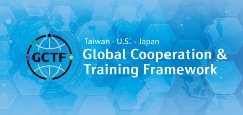




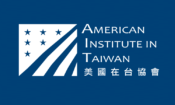
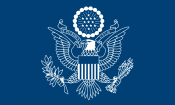
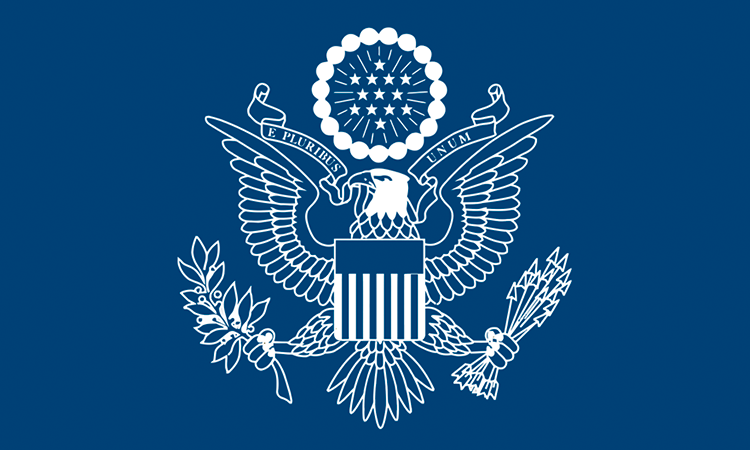
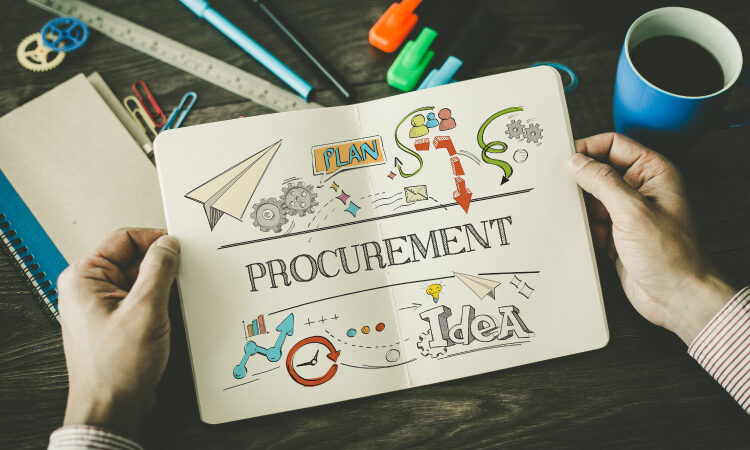




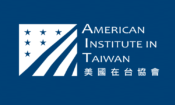
![Video Thumbnail [Recovered]-01](../wp-content/uploads/sites/269/Video-Thumbnail-Recovered-01-1-750x450.jpg)
